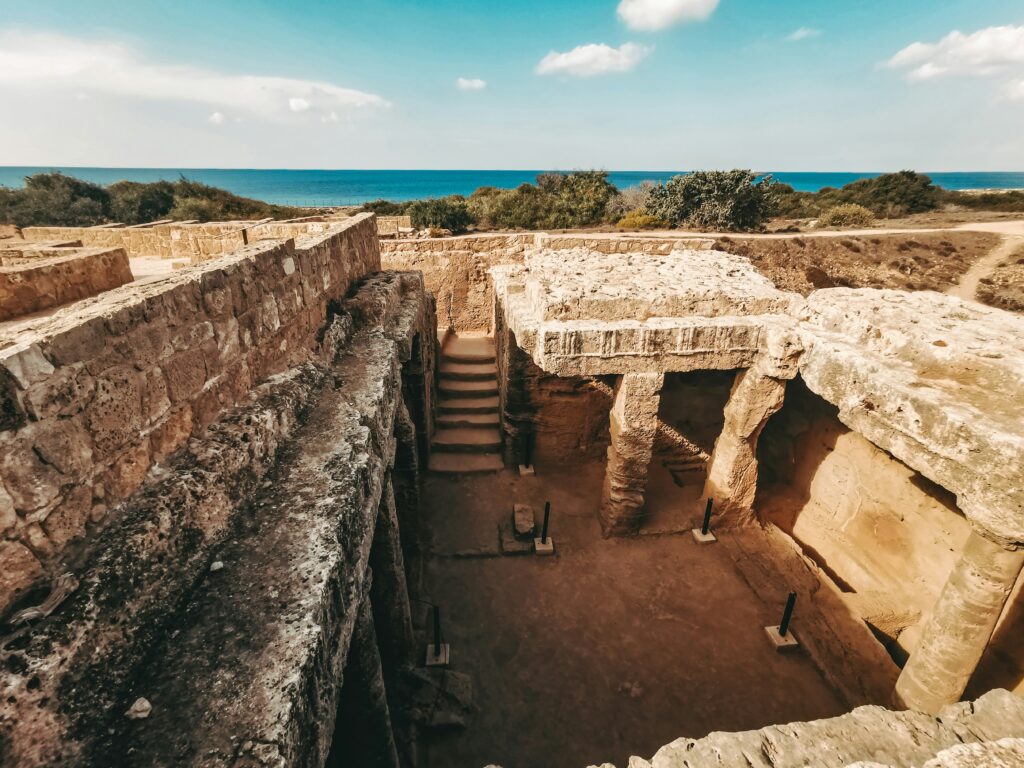
Exploring the Green Line: Understanding Its Significance
So, you’re planning a trip to Cyprus and want to cross the Green Line? Smart move! Cyprus is a beautiful island with a complex history, and navigating its divisions offers unique insights and experiences. The Green Line separates the southern part of Cyprus, mainly populated by Greek Cypriots, from the northern part, largely inhabited by Turkish Cypriots. This division came about after a conflict in the 1970s, and it continues to shape the island today.
But don’t worry! Crossing the Green Line is relatively straightforward once you’re aware of the rules and points. In this guide, I’ll share everything you need to know to navigate this potential hiccup safely and legally.
How to Plan Your Crossing
Choosing the Right Crossing Point
First things first, pick your crossing point carefully. There are several official checkpoints between the two sides, and some are more tourist-friendly than others. Popular ones include:
- Ledra Street: Located in Nicosia, this is the most central and well-known crossing point. It’s easily accessible and surrounded by cafes and shops.
- Agios Dometios (or Agios Nikolaos): This is another good option, particularly if you’re coming from the western part of Cyprus.
- Morphou (Güzelyurt): A less frequented crossing, but it leads to some unique sights and experiences in the Turkish Republic of Northern Cyprus.
Check Your Documents
Before you head out, ensure you have your passport and any necessary documentation. For most travelers, a valid passport is sufficient. Locals might have special ID cards, but as a visitor, your passport will do the trick. It’s a good idea to keep a photocopy of your passport, just in case something goes amiss.
What to Expect When Crossing
Going Through Customs
When you arrive at the checkpoint, you’ll go through a customs process. Be prepared for a quick check—officers might ask you about your plans or even take a look at your bags. This process is usually quite swift. It’s not so intimidating once you experience it, but it’s good to be ready! Just be friendly and comply with the questions—think of it like a routine airport check.
Embracing Local Culture
Once you’re on the other side, the vibe shifts; the architecture, the food, and the people reflect a different culture. You might notice more Turkish heritage in the north compared to the Greek influence in the south. Why not try a local dish like kumpir (stuffed baked potatoes) or köfte (meatballs)? Trust me, your palate will thank you.
Staying Safe and Respectful
Understand the Local Laws
Before you embark on your adventure, it’s essential to familiarize yourself with local laws. Things can be a bit different in the north compared to what you’re used to, so it’s worth a bit of research. For example, while you might be accustomed to free speech, some topics can be sensitive here. It’s usually best to steer clear of political discussions.
Be Cautious at Night
If you’re planning to explore after dark, keep a low profile. It’s not that the area is inherently dangerous; it’s just wise to be cautious as you’d be in any unfamiliar location. Stick to well-lit areas and make sure you’re aware of your surroundings. If you’re ever uncertain about an area, just ask a local for advice—they’re typically very friendly!
Returning Home: What You Need to Know
Heading Back
When you’re ready to head back, retrace your steps to your original crossing point. The same customs checks apply when you return, so have your documentation at the ready once more. Sometimes, they might ask about your time spent on the other side. A simple grin and a straightforward answer usually work just fine!
Reflecting on Your Experiences
After your crossing, take a moment to reflect on the journey and experiences you had on both sides. Engaging with locals, tasting the food, or even visiting historic sites will give you a richer understanding of this divided island. It’s not just a trip; it’s an insight into a unique cultural landscape that many travelers often overlook.
A Few Final Tips
Stay Connected
It’s a good idea to have a local SIM card or roaming plan so you can stay connected during your travels. This way, you can easily access maps, make calls, or even check-in with friends back home.
Visit the UN Buffer Zone
If you’re curious about the history and the conflict, consider visiting the UN Buffer Zone. This area is a poignant reminder of past divisions and can provide additional context during your travels. Just remember to stick to the paths—no one likes a trespasser!
In Conclusion
Crossing the Green Line in Cyprus can be one of the most enriching experiences of your travels. With the right preparation and an open mind, you can explore both sides of the island and appreciate their unique cultures. Remember to stay safe, be respectful, and enjoy every minute of your adventure.
For more local insights, check out this great guide on travel tips for Cyprus.
**Related Reading:** – [Related: How to Plan a Solo Trip on a Budget] – [Related: Top Destinations for First-Time Solo Travelers] **#SoloTravel #Legally #Cross #Green #Line #Navigate #Cyprus #Safely**
